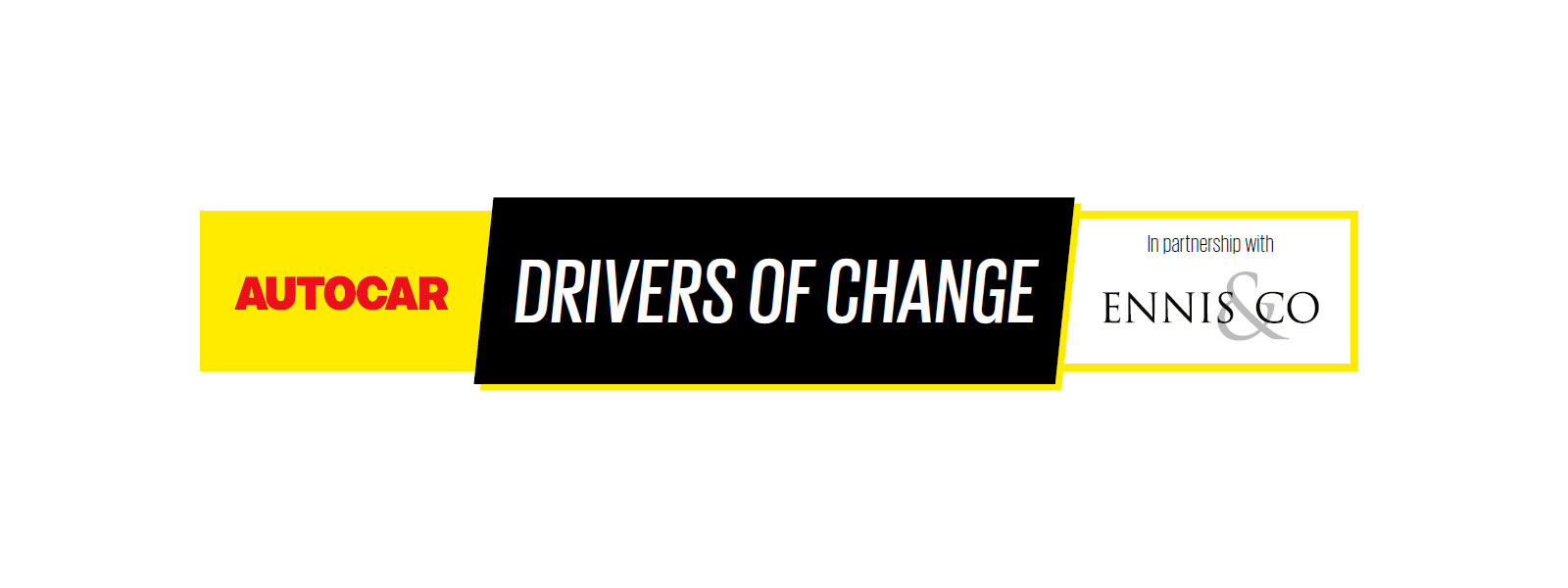At Allianz Assistance, we’re a very proud sponsor of Autocar’s Drivers of Change. This is a competition that encourages and creates a platform for people looking to make real change and innovation in different areas of the automotive industry: technology, digital and retail. This year the winners will receive £5,000 and the opportunity to attend the Society for Motor Manufacturers and Traders (SMMT), which is one of the biggest annual events in the automotive industry.
As sponsors, we got a ring-side seat to learn more about the submissions, innovators and who caught the judges’ eyes the most. We’ve pulled the highlights from the virtual Tech event for you to read through, as well as a round-up of the finalists and their ideas that earnt them a top spot in this year’s Autocar’s Drivers of Change.
Technology Award:
Kelsie Osbourne:
“I’m proposing the implementation of modular in-built wireless charging points across the country in assigned parking spaces. This mass infrastructure would work on a credit basis. Such as, you’d park in a space and your car would communicate wirelessly with the primary coil to immediately begin charging where necessary. This energy transfer will then cut off when appropriate energy has been transmitted.”
Kelsie stated that there are currently 31.6 million cars in the UK, and with the proposal to end sales of Petrol and Diesel cars by 2035, we should assume that all of these millions of cars will be electric. She has tapped on a very important part of the market, as all of these electric vehicles will need to be charged on a regular basis.
Kelsie pointed out that there are a multitude of issues that are faced with going electric. These include more expensive vehicles, concerns about running out of power and a lack of charging points. Her modular design would help with this demand and hopefully dispel some of the concerns that the general public have about electric vehicles.
Gurjit Sandhu:
“The car industry is clearly going through massive change as we transition from internal combustion engines to electric. That’s important as our generation takes more responsibility around leaving the next generation a healthier planet. I think a big part of that is our ability to harness renewable energy, so that cars are produced, powered and disposed of as cleanly as possible. […] My idea is to harness the air flowing over and through the car and using small turbines in strategic locations in the car, so the aerodynamics aren’t affected the turbines would spin and create energy to recharge the car’s batteries. Thereby increasing the range of the car or giving the car manufacturer the option to install smaller batteries which would decrease the cost of the car’s production.”
Gurjit was keen to make sure that the turbines within the cars were durable, affordable and added value to any customer, be that the manufacturer of the car or the purchaser of the car. He stated clearly that it is important that the turbines would be checked and serviced alongside any other normal service of the vehicle and that it would have a lifespan that at least matched the car it was installed in.
He outlined that turbines are historically used in many engineering projects and have proven to be effective in those areas. “I think the use-case for this is universal. Wind is everywhere, when cars drive they’ll always have access to this unlimited source.” using a simple form of technology to drive forward new ways to conserve and prolong and provide renewable, green energy and charging within vehicles.
WINNER: Tomas Costa Capezzone:
Tomas’s idea is an innovative solution to increased electricity demand across the Globe, which creates risks of overloads, blackouts and harmonics, which are a kind of electricity contamination comprising a distortion of the normal waveform of electric currents caused by charging electric vehicles and other devices from home.
Ultimately, Tomas touched upon the fact that the number of electric vehicles will increase significantly over the next few years, meaning that the electricity source and quality will need to improve with time in order to keep up with the increasing demand. His invention, Smart Measurement Points, measures the harmonics produced by electric vehicles and, using 5G, they would automatically adjust charging times and other consumption to prevent overload and minimise harmonics.
Tomas spoke through the real benefits of having plug-in vehicles: the reduction of greenhouse gases and fossil fuels, their compatibility with renewable energies, the way they integrate well with Smart Cities and how they offer the option of low-cost energy transport. Furthermore, he worked with the University of Valladolid to conduct his research on a Nissan Leaf, to learn more about harmonics and develop his idea further.
“My idea is called ‘Smart Measurement Points’. In the UK, there are currently 0.5 million electric vehicles. I’m going to introduce what is going to be the evolution of electric transport. There is going to be an increase in the number of plug-in electric vehicles, and this with the evolution of AI, 5G and electric vehicles will create a Smart City. But, a Smart City also involves a Smart Grid. A Smart City is an intelligent city where all sorts of transports are connected and interact with each other. My idea is to create Smart Measurement Points […] these points will be able to communicate and will have a ‘self-management’ system.’
If you want to learn more about the Drivers of Change Awards and want to enter in the future, visit the Autocar Drivers of Change website today to get all the information you need. If you are interested in browsing more of our advice and interview content at Allianz Assistance, please visit our Automotive news and advice hub today.




